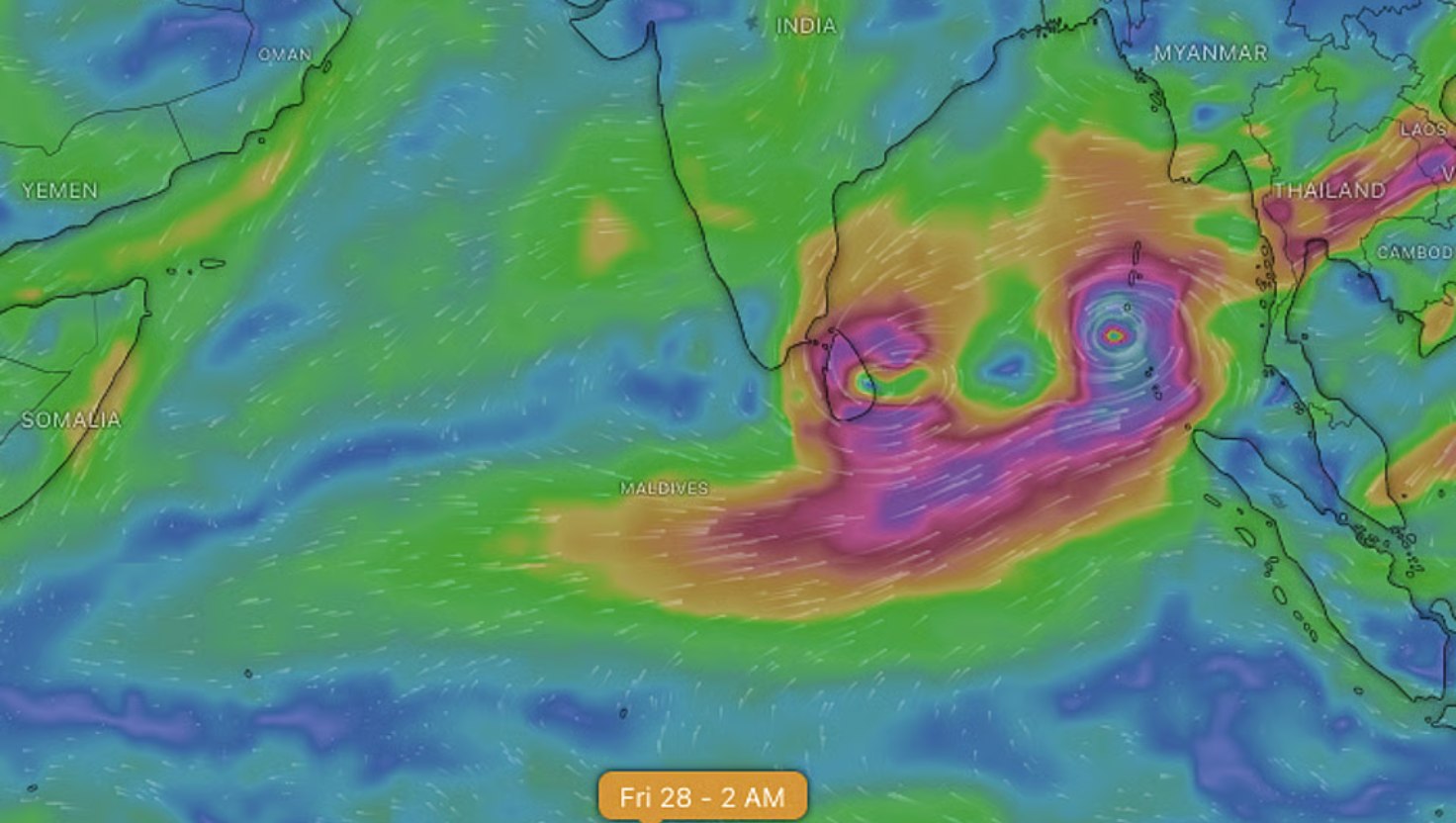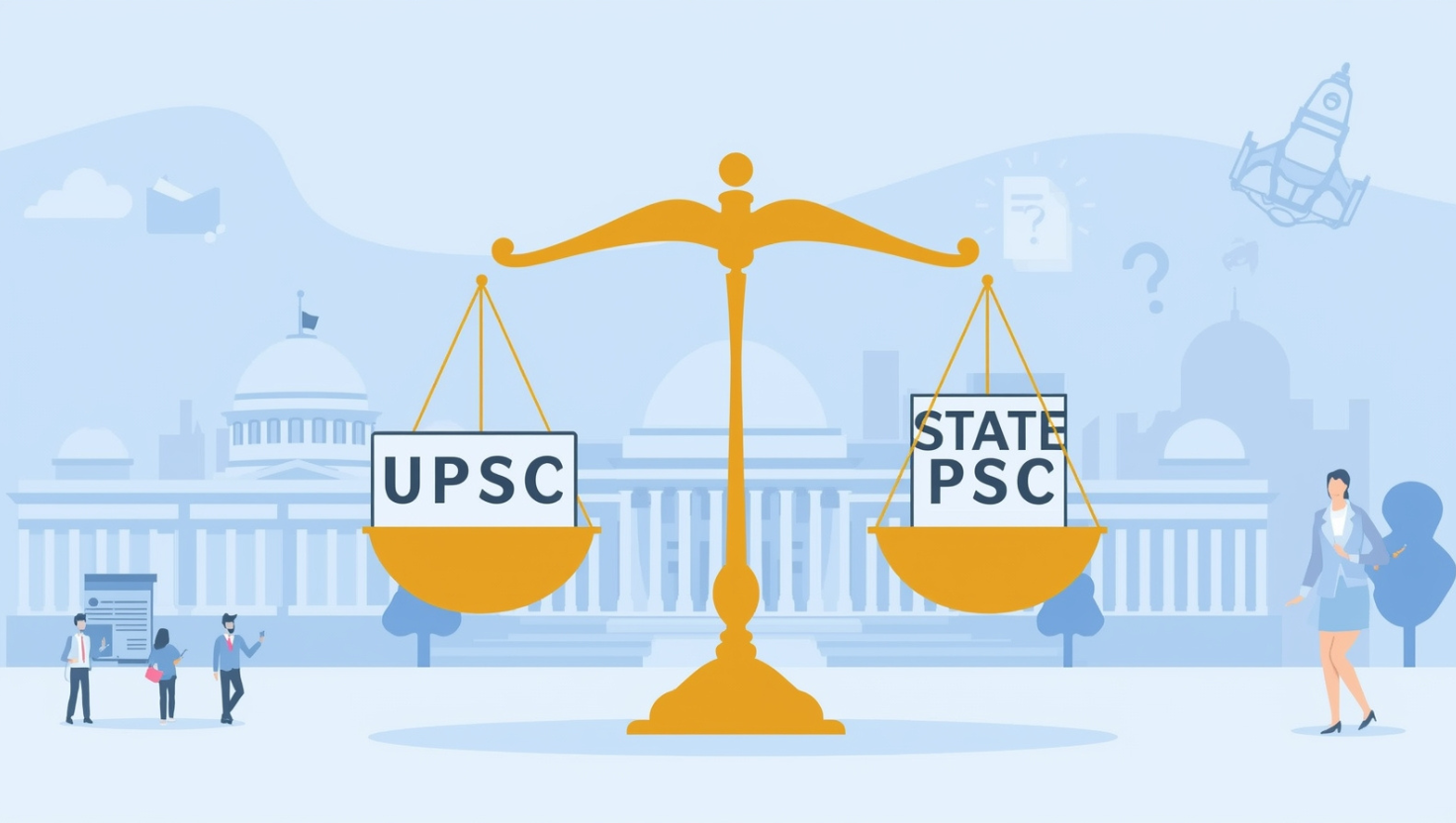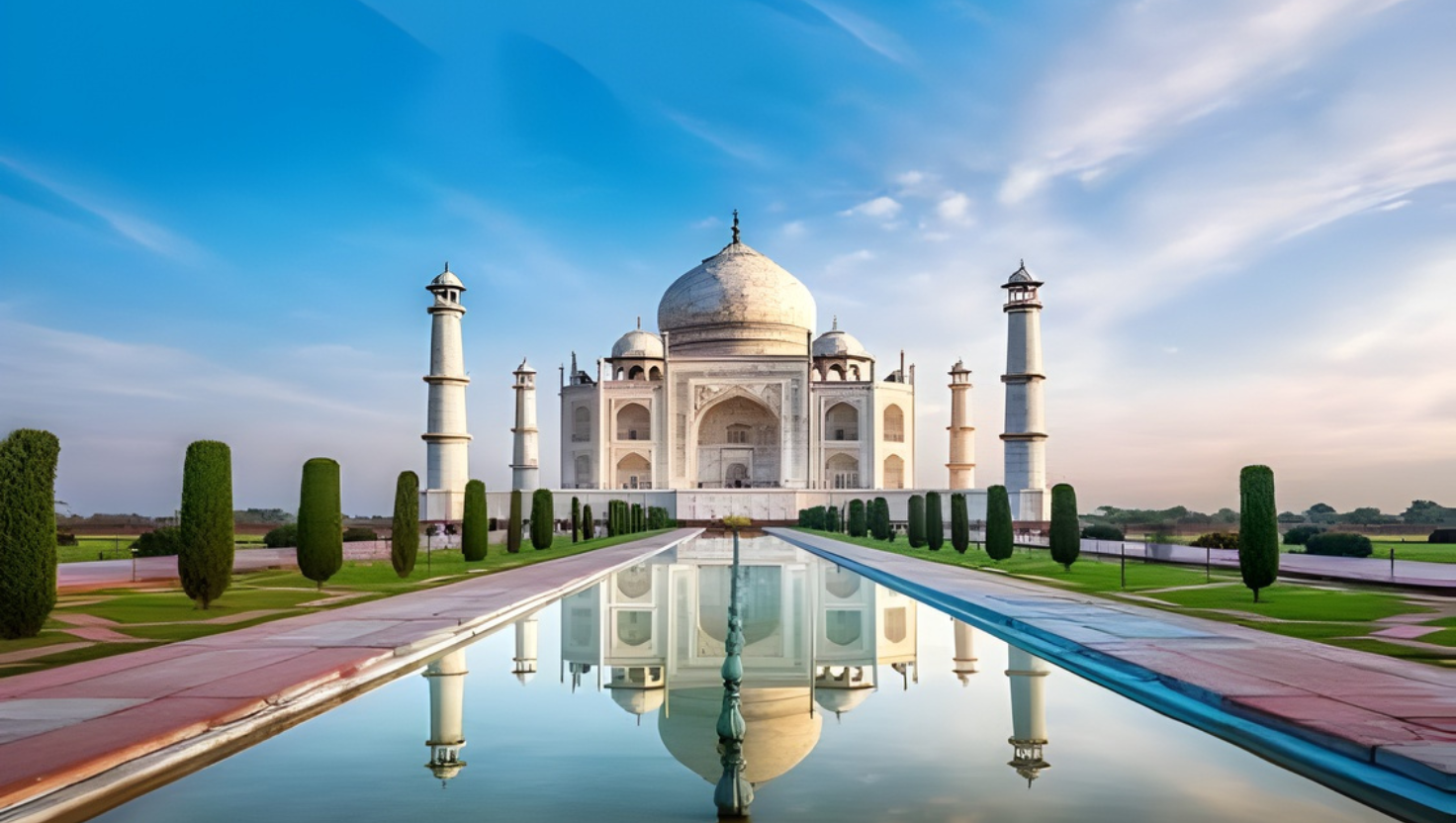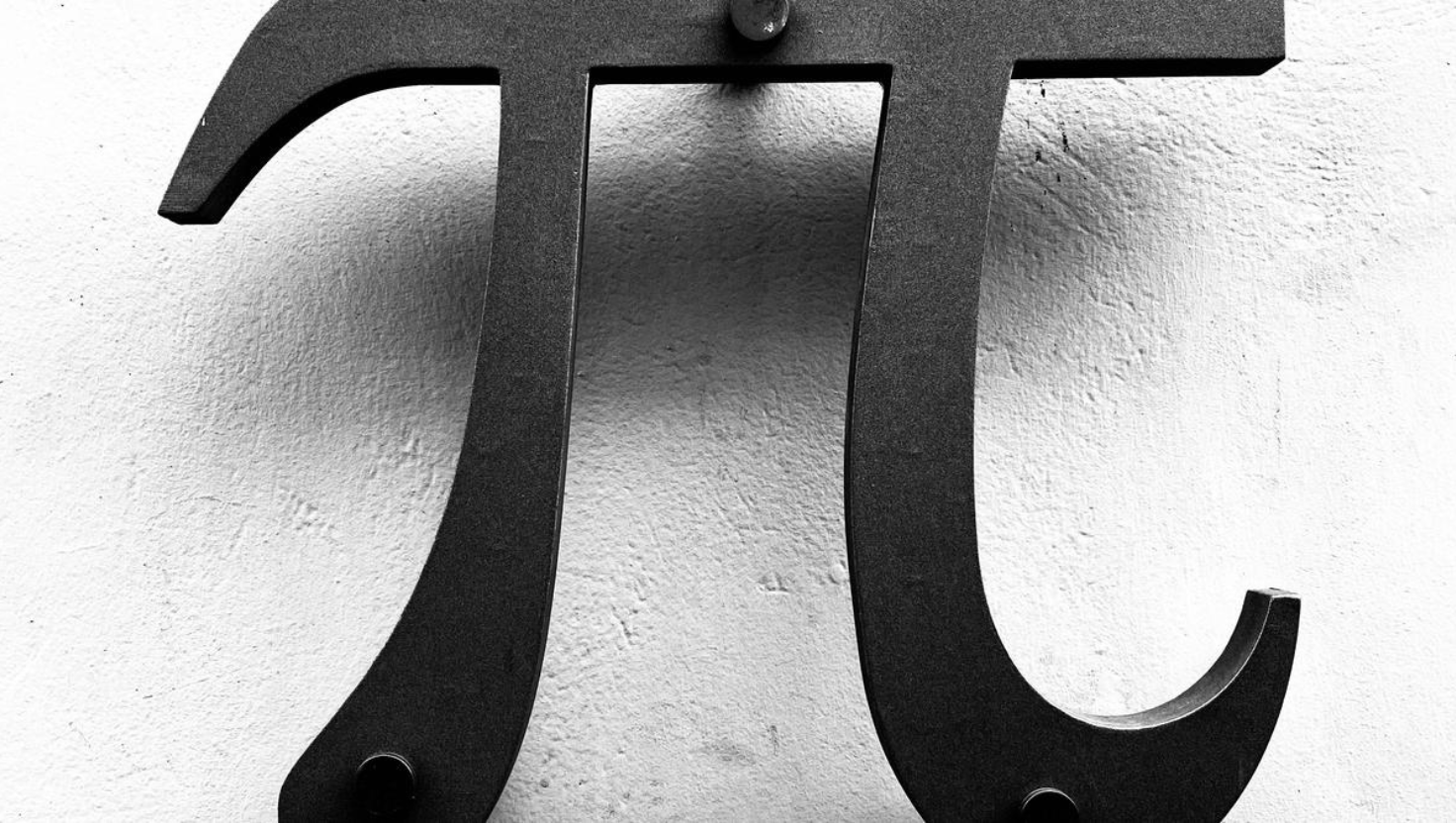Parliamentary Accountability: Comparing India’s and France’s Systems
Syllabus: Indian Constitutional Scheme – A Comparison with Other Countries (UPSC GS II)
Source: DH
Context:
France is facing a major political crisis as Prime Minister François Bayrou is likely to lose a vote of confidence, triggered by unpopular austerity measures. This situation brings into focus how votes of confidence work in India’s parliamentary system and France’s semi-presidential system.
France’s Semi-Presidential System (Fifth Republic)
What is it?
- Introduced by the 1958 Constitution to end political instability.
- Combines presidential and parliamentary elements, creating a dual executive — a directly elected President and a Prime Minister accountable to Parliament.
Key Features
Dual Executive:
- President (Head of State): Directly elected for 5 years; strong in foreign affairs, defence, and emergencies.
- Prime Minister (Head of Government): Appointed by the President but must have Parliament’s confidence; handles domestic affairs.
Powers of the President:
- Appoints the PM and presides over the Council of Ministers.
- Can dissolve the National Assembly and call elections.
- Emergency powers under Article 16.
Powers of the Prime Minister:
- Directs governance and day-to-day administration.
- Accountable to the National Assembly; can be removed via a motion of censure.
- Can pass bills using Article 49-3, unless opposed by Parliament.
Parliament:
- Bicameral: National Assembly (directly elected) and Senate (indirectly elected).
- Assembly has final say in law-making and can remove the government.
- Procedures ensure stability and reduce deadlocks.
Cohabitation:
- Occurs when the President and Assembly majority are from opposing parties.
- President leads foreign policy; PM handles domestic governance.
Reforms:
- 2000: Presidential term reduced to 5 years to align with Assembly elections.
- 2008: Parliament’s powers strengthened; limits on Article 49-3.
Why “Semi-Presidential”?
- Not fully presidential (like the U.S.) because the government is answerable to Parliament.
- Not purely parliamentary (like the U.K.) because the President holds direct powers.
- A mix of both systems balancing leadership and accountability.
Vote of Confidence: India vs France
India (Parliamentary System):
- Entire Council of Ministers faces confidence.
- Opposition can introduce a No-Confidence Motion under Rule 198.
- Based on Article 75(3) — collective responsibility to the Lok Sabha.
- Simple majority of members present is enough.
- If defeated, the government resigns; the President may invite another leader or dissolve the Lok Sabha.
France (Semi-Presidential System):
- Only the Prime Minister and Cabinet face confidence, not the President.
- Article 49(2) allows the National Assembly to pass a Motion of Censure requiring an absolute majority.
- The PM can also use Articles 49-1 and 49-3 to tie a bill’s passage to a confidence vote.
- If defeated, only the PM and Cabinet resign; the President remains in office.
Key Differences
| Aspect | India | France |
|---|---|---|
| System Type | Parliamentary | Semi-Presidential |
| Who Faces Confidence? | Entire government (PM + Cabinet) | Government (PM + Cabinet), not President |
| Motion Initiated By | Opposition MPs | Assembly MPs |
| Majority Needed | Simple majority | Absolute majority |
| Result of Defeat | Government resigns; Lok Sabha may be dissolved | PM resigns; President stays in power |
| Extra Provision | Parliament tests majority | Article 49-3 lets PM push bills tied to confidence |
Conclusion
India’s vote of confidence reflects parliamentary supremacy, where the entire government is accountable to elected representatives. France’s system shows a dual executive, where the Prime Minister is answerable to Parliament but the President retains independent authority. These differences highlight how constitutional design shapes governance and accountability in both countries.











